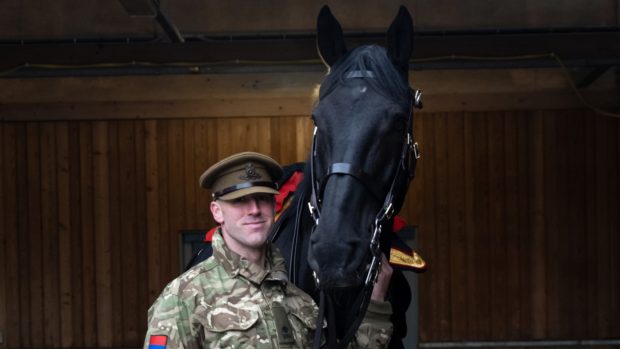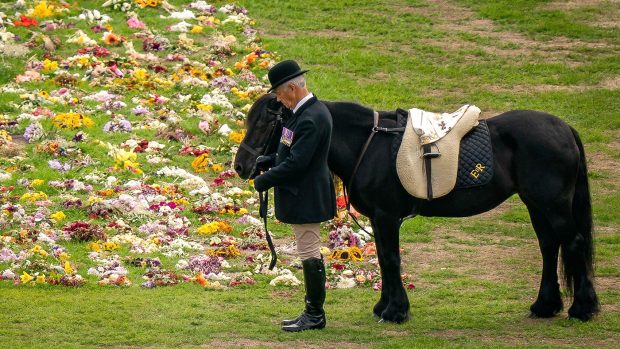It was reassuring to see pictures of the Queen, just days before her 80th birthday, in her most familiar of equestrian poses. Shunning a riding hat for her customary headscarf, she trotted around the grounds of Windsor Castle on a dapple-grey with her groom at her side.
Queen Elizabeth’s involvement in the equestrian world from an early age is well documented in images, although her own equestrian activity has been limited to rides in the grounds of Windsor Castle, and the grand spectacle of Trooping the Colour, which HM The Queen participated in on horseback.
While overlooking the rapid expansion of the sport of eventing, she has been responsible for several generations of success in the field – both equine and human. Her daughter Princess Anne was European Eventing Champion at Burghley in 1971 on Doublet, bred by the Queen, and her granddaughter Zara Phillips achieved even more notable success in the European Championships at Blenheim last year, when she cruised home through rain and mud to take individual and team gold. The Queen’s horse, Columbus, won Badminton in 1974 under Mark Phillips, and Peter Pan is currently enjoying success with Richard Waygood.
Her contribution to the racing world is legendary. She continues a long royal tradition, and the successful legacy of her mother, Queen Elizabeth the Queen Mother, of success in breeding and owning racehorses. She has had winners in virtually every major flat race in the country, including the 2,000 and 1,000 Guineas, the Oaks, the Coronation Cup at Epsom, the King George VI and Queen Elizabeth Stakes at Ascot, the Sussex Stakes at Goodwood and the St Leger at Doncaster.
She was the flat season’s leading owner in 1954 with horses such as Hardwicke and Landau, and is now enjoying National Hunt success with First Love. She is said to visit Newmarket, the heartbeat of British racing, once a month, and one of the World’s richest and most international races, the Queen Elizabeth II Cup, held annually in Hong Kong, was established in 1975 to commemorate the visit of Queen Elizabeth and Prince Philip.
The Queen has tended to keep a low profile in some of the more political aspects of equestrian life, but through her family she has ensured tacit consent for hunting. Although she never rode to hounds herself, she was always a staunch supporter on foot, and supplied several of her family with hunters over the years. Prince Charles and Princess Anne and their families were all keen hunters until they were forced to keep a low profile with the increased politicisation of the activity.
The welfare of horses has long been a hobby horse of The Queen’s, and as a patron of the Animal Health Trust and the RSPCA has promoted cutting edge veterinary science in the equestrian field, and vast improvements in welfare conditions for horses.
The Queen has been patron of the British Horse Society for more than 50 years, during which time riding and other equestrian activities have become increasingly popular throughout the United Kingdom. Membership of the BHS is 13 times what is was when she began her patronage, and Great Britain has reached the top of the international ranks in dressage, show jumping and eventing.




